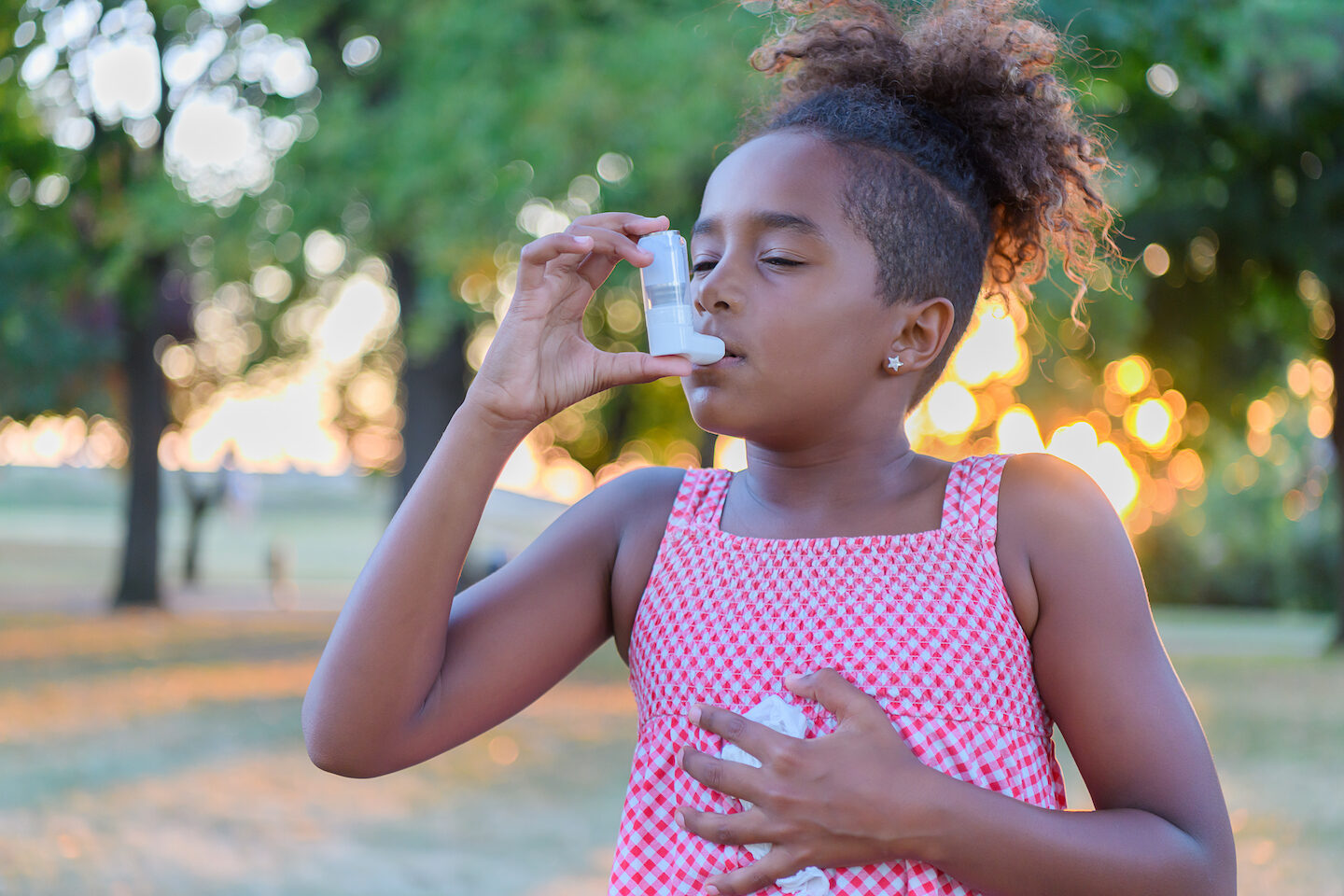Asthma can be frightening, but a pediatric asthma action plan will help keep your kid safe.
About one in 10 children has asthma, making it one of the most common chronic diseases of childhood. Asthma can be scary but identifying symptoms and treating it promptly with an asthma action plan can give parents the skills and a lot of confidence to do the right thing.
The complexity of symptoms and treatments has led the National Asthma Education and Prevention Program to recommend that all patients receive an individualized written or electronic asthma action plan. The plan is a key tool to help parents or caregivers take action in accordance with prearranged guidance. Simply put, the greatest benefit is having your doctor teach you the skills required to monitor your child’s condition. Whether this is through tracking peak flows or through observation of symptoms, adoption of an action plan has been shown to decrease hospitalizations, emergency department visits and asthma-related health care costs, while increasing correct use of medications and a sense of asthma control.
Asthma action plans may vary but a good one should include an organized approach to aid in self-management. Most are designed like stoplights with green, yellow and red zones.
Perfecting your asthma action plan
The green zone should include asthma medications the child takes to prevent an attack. These medications are typically described as controller or preventative medications and are used on a daily basis when your child is doing well without symptoms of asthma.
The yellow zone is a zone of caution and lists symptoms of asthma such as coughing, wheezing, chest tightness and/or waking at night due to cough. These symptoms require medication such as a rescue inhaler or quick-relief medicine in addition to daily controller medication. (For most, this will be albuterol). The yellow zone should clearly tell you what medication to use and when to use it. It should also direct you to the red zone if symptoms are not improving.
The red zone is the danger zone. It will clearly describe the time course and the symptoms to watch for such as breathing hard and fast, medications not working or not being able to talk well. It will guide you to how often you can use your quick-acting medications and when to seek medical help. Lastly, it will alert you to the emergency symptoms that require you to call 9-1-1.
Families are more likely to have an asthma action plan when when seeing an asthma specialist such as an allergy/immunology or pulmonary physician. If you have not received a plan from your doctor, consider printing one from the National Heart, Lung and Blood Institute website to initiate a discussion at your next office visit.
This post was written by Allergy and Immunology attending, Dr. Stacy Dorris of Monroe Carell Jr. Children’s Hospital at Vanderbilt.

Help with childhood asthma
The Pediatric Asthma Program at Monroe Carell Jr. Children’s Hospital at Vanderbilt provides in-depth asthma testing, diagnosis and treatment for children and teenagers with asthma. Monroe Carell’s experts can help whether asthma symptoms are mild, moderate or severe.

